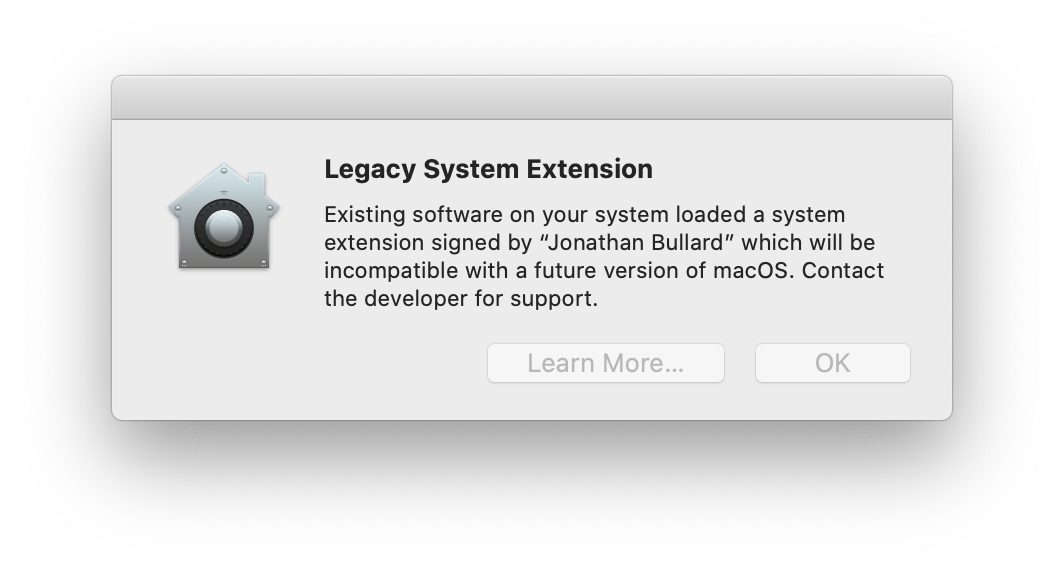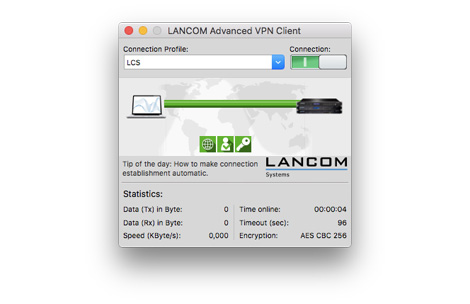- Download VPN for Mac OS. The Most Reliable Mac VPN for Everyday Protection. VPN is a great tool that allows you to use the Internet safely and privately. It helps protect your data from hackers, businesses, and even government. It makes you be invisible when you are online.
- In the steps outlined below we'll take you through the process of obtaining the OpenVPN Connect Client from your Access Server's web interface, and installing and using it on the macOS operating system. Aside from some minor differences due to different versions of software used this guide should be accurate and easy to follow.
- Download Cisco VPN Client 4.9.01.0180 for Mac. Fast downloads of the latest free software!
KB ID 0001693
Problem

We mac users always get overlooked. If I had a pound for every time I've heard ‘Yeah we don't support macs?' I would be a rich man. But thankfully this makes us work things out for ourselves usually!
Os mac for pc amd. Apple Footer.This site contains user submitted content, comments and opinions and is for informational purposes only. Apple may provide or recommend responses as a possible solution based on the information provided; every potential issue may involve several factors not detailed in the conversations captured in an electronic forum and Apple can therefore provide no guarantee as to the efficacy of any proposed solutions on the community forums.

So recently I did a article Azure: Point To Site VPN (Remote Access User VPN) but what if you want to use the same solution for a remote mac user?
Solution
Firstly you will want to download the VPN package (and have a valid client/user certificate, [see the link above]).
SSL VPN Technical Support. Download for Windows Download for MacOS. Get FortiClient 6.0 for Windows. Windows 7 or higher supported. Download; Get FortiClient 6.0 for Mac OSX. Mac OSX v10.12 Sierra or higher. Download; Get FortiClient 6.0 for Linux. Ubuntu 16.04 or higher Red Hat, CentOS 7.4 or higher. Working to setup up a IPv4 Client-to-Gateway VPN tunnel for MacOS clients configuring the MacOS native VPN client (Network Settings, VPN Interface, Cisco IPSec type). It appears I have been successful, using an IKE Policy (though no VPN Policy appears to exists) and ModeConfig to define the pool of IPv4 addresses assigned to connecting clients.
Obviously the installer is for Windows, but within the ZIP file you download, it has a copy of the XML file with the settings in it, and a copy of the Root CA certificate you used.
So your first job is to ‘import‘ the client certificate, it will be in PFX format, (if you followed my instructions), so you will need to supply the password you specified when creating the PFX file (not the mac password), when prompted to install it (double click on it).

The engineer in me isn't quite sure why the client needs the Root CA certificate on it, (because that's not how certificates work!) But Microsoft insist it's necessary, so also double click and install the Root CA Certificate, (it's inside the VPN Package).

You don't need to install VPN software onto the mac, (it has its own built in). Click the Apple Logo > System Preferences > Network > Add > Interface = VPN > VPN Type = IKEv2 > Service Name = Azure-Client-VPN > Create.
Now open the XML file from within you VPN client software ZIP file, and locate the FQDN of the ‘Gateway' address in Azure > Copy it to the clipboard.
Free Vpn For Mac Os
Paste the server address into BOTH Server Address AND Remote ID > (Leave Local ID blank for now) > Authentication Settings

WARNING: I'm using mac OS Catalina, so I choose ‘None' (NOT CERTIFICATE). But for mac OS Mojave (and older) CHOOSE CERTIFICATE). It's a bug that causes an error (see below) if you don't.
Select > Choose the CLIENT certificate you imported earlier, (Take note of the name in brackets, this is the common nameon the certificate). You will need this in a minute! > Continue > OK.
Put the Common Name from the certificate into the Local ID section > Apply > Connect.
All being well it should connect, (though it may prompt for you to enter your user password). BY DEFAULT the option ‘Show VPN Status in Menu Bar‘ should be ticked, if it isn't then tick it.
With that option ticked, you can connect and disconnect the VPN quickly without needing to go back into System Preferences like so;
Error: VPN Connection, ‘An unexpected error occurred'
Remember above when I said choose ‘None‘ for Catalina, NOT certificate? Well this is what happens if you choose certificate!
Related Articles, References, Credits, or External Links

We mac users always get overlooked. If I had a pound for every time I've heard ‘Yeah we don't support macs?' I would be a rich man. But thankfully this makes us work things out for ourselves usually!
Os mac for pc amd. Apple Footer.This site contains user submitted content, comments and opinions and is for informational purposes only. Apple may provide or recommend responses as a possible solution based on the information provided; every potential issue may involve several factors not detailed in the conversations captured in an electronic forum and Apple can therefore provide no guarantee as to the efficacy of any proposed solutions on the community forums.
So recently I did a article Azure: Point To Site VPN (Remote Access User VPN) but what if you want to use the same solution for a remote mac user?
Solution
Firstly you will want to download the VPN package (and have a valid client/user certificate, [see the link above]).
SSL VPN Technical Support. Download for Windows Download for MacOS. Get FortiClient 6.0 for Windows. Windows 7 or higher supported. Download; Get FortiClient 6.0 for Mac OSX. Mac OSX v10.12 Sierra or higher. Download; Get FortiClient 6.0 for Linux. Ubuntu 16.04 or higher Red Hat, CentOS 7.4 or higher. Working to setup up a IPv4 Client-to-Gateway VPN tunnel for MacOS clients configuring the MacOS native VPN client (Network Settings, VPN Interface, Cisco IPSec type). It appears I have been successful, using an IKE Policy (though no VPN Policy appears to exists) and ModeConfig to define the pool of IPv4 addresses assigned to connecting clients.
Obviously the installer is for Windows, but within the ZIP file you download, it has a copy of the XML file with the settings in it, and a copy of the Root CA certificate you used.
So your first job is to ‘import‘ the client certificate, it will be in PFX format, (if you followed my instructions), so you will need to supply the password you specified when creating the PFX file (not the mac password), when prompted to install it (double click on it).
The engineer in me isn't quite sure why the client needs the Root CA certificate on it, (because that's not how certificates work!) But Microsoft insist it's necessary, so also double click and install the Root CA Certificate, (it's inside the VPN Package).
You don't need to install VPN software onto the mac, (it has its own built in). Click the Apple Logo > System Preferences > Network > Add > Interface = VPN > VPN Type = IKEv2 > Service Name = Azure-Client-VPN > Create.
Now open the XML file from within you VPN client software ZIP file, and locate the FQDN of the ‘Gateway' address in Azure > Copy it to the clipboard.
Free Vpn For Mac Os
Paste the server address into BOTH Server Address AND Remote ID > (Leave Local ID blank for now) > Authentication Settings
WARNING: I'm using mac OS Catalina, so I choose ‘None' (NOT CERTIFICATE). But for mac OS Mojave (and older) CHOOSE CERTIFICATE). It's a bug that causes an error (see below) if you don't.
Select > Choose the CLIENT certificate you imported earlier, (Take note of the name in brackets, this is the common nameon the certificate). You will need this in a minute! > Continue > OK.
Put the Common Name from the certificate into the Local ID section > Apply > Connect.
All being well it should connect, (though it may prompt for you to enter your user password). BY DEFAULT the option ‘Show VPN Status in Menu Bar‘ should be ticked, if it isn't then tick it.
With that option ticked, you can connect and disconnect the VPN quickly without needing to go back into System Preferences like so;
Error: VPN Connection, ‘An unexpected error occurred'
Remember above when I said choose ‘None‘ for Catalina, NOT certificate? Well this is what happens if you choose certificate!
Related Articles, References, Credits, or External Links
Cisco Vpn Client For Mac Os
NA
